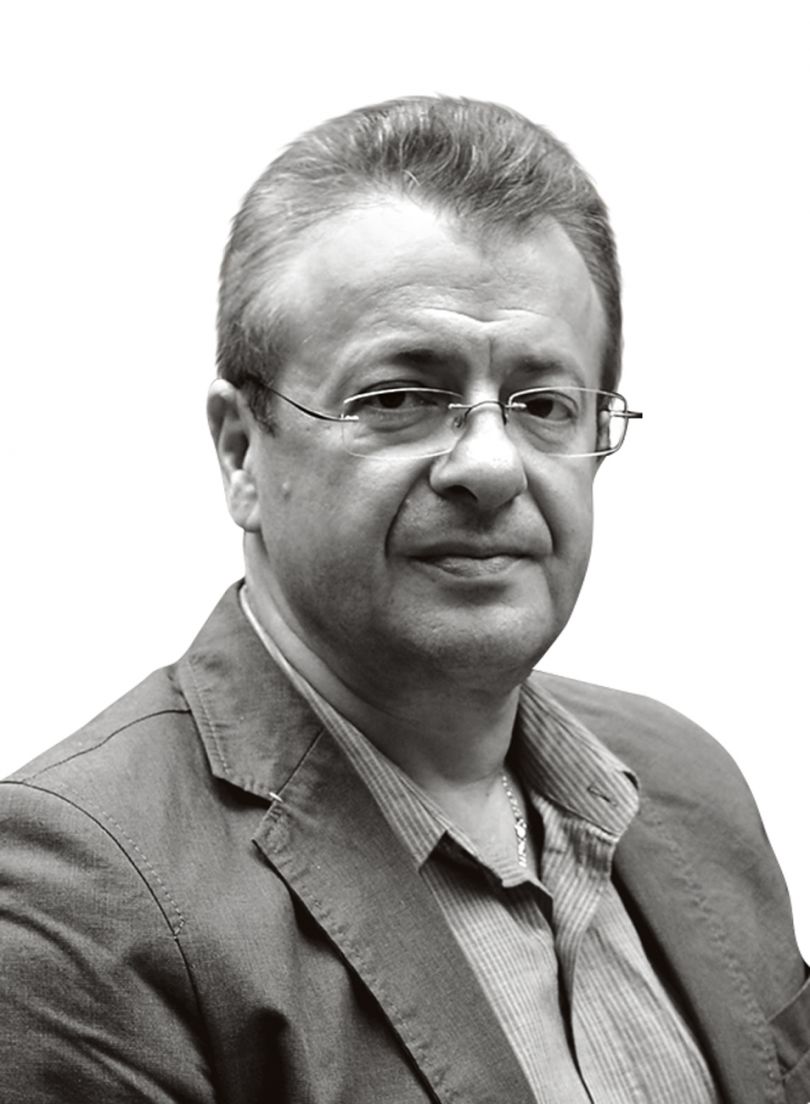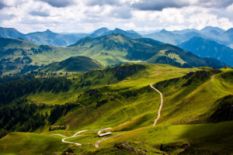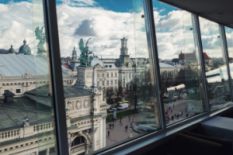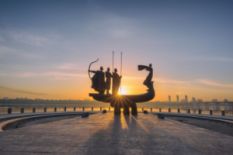The space capital of first the USSR and then Ukraine, Dnipro has always served as a talent pool. This massive industrial hub for metallurgy, the chemical industry and mechanical engineering has lost a great portion of its capacities in economic wars and geopolitical conflicts of the past 20 years. Despite that, it stays strong, develops dynamically, knows how to create, enjoy life, and stick up for itself if need be.

Dnipro is currently in search of its new image. The decentralisation drive prompted both the city and the region to invest in new infrastructure, build new industrial and social facilities and repair existing ones. This translates to thousands of miles of new roads and overhauled bridges. There will be electric public transport, renovated and newly built kindergartens, schools and hospitals, upgraded energy-conserving boiler houses and hundreds of miles of newly laid communications lines.
Dnipro is also ambitious as Ukraine’s potential cultural capital. Every year it hosts dozens of events, festivals and exhibitions. Jazz on the Dnieper, the legendary music festival, has recently been given a new lease of life; the city has welcomed the long-awaited return of the local book forum; other major recent events included a fest of cabaret theatres and a meetup of singers-songwriters dedicated to the memory of lexander Galych, a native of Dnipro. All sorts of events are staged nearly every weekend on the Dnieper embankment. The local waterski stadium hosts international-level competitions, whose winners often include Dnipro natives.
The city works to renovate its parks, set up new museums and children’s playgrounds.
The local museum of the anti-terrorist operation offers, apart from an extensive exposition, a 360-degree media content display. Situated close by is Ukraine’s largest national flag, flying at 72 m above ground. One of the city’s tallest points, it can be seen from tens of miles away.
Dnipro will most certainly never become a major tourist hub. It is, first and foremost, an industrial and financial centre. And yet...
You should come to our city in spring to see how marvelous it is, with the chestnut trees in bloom and the acacia blossom filling the air, the mighty Dnieper spanned by a truss of bridges and Europe’s longest embankment! Dnipro gets more attractive year after year. Suffice it to mention the picturesque springtime islands scattered across the Dnieper, or the city’s summer parks smothered in greenery...
You either love this city or you hate it. It is impossible to stay indifferent. Anyone who was born and has lived here will understand.
Text by Yan ValetovPhoto: depositphotos and one provided by Yan Valetov









